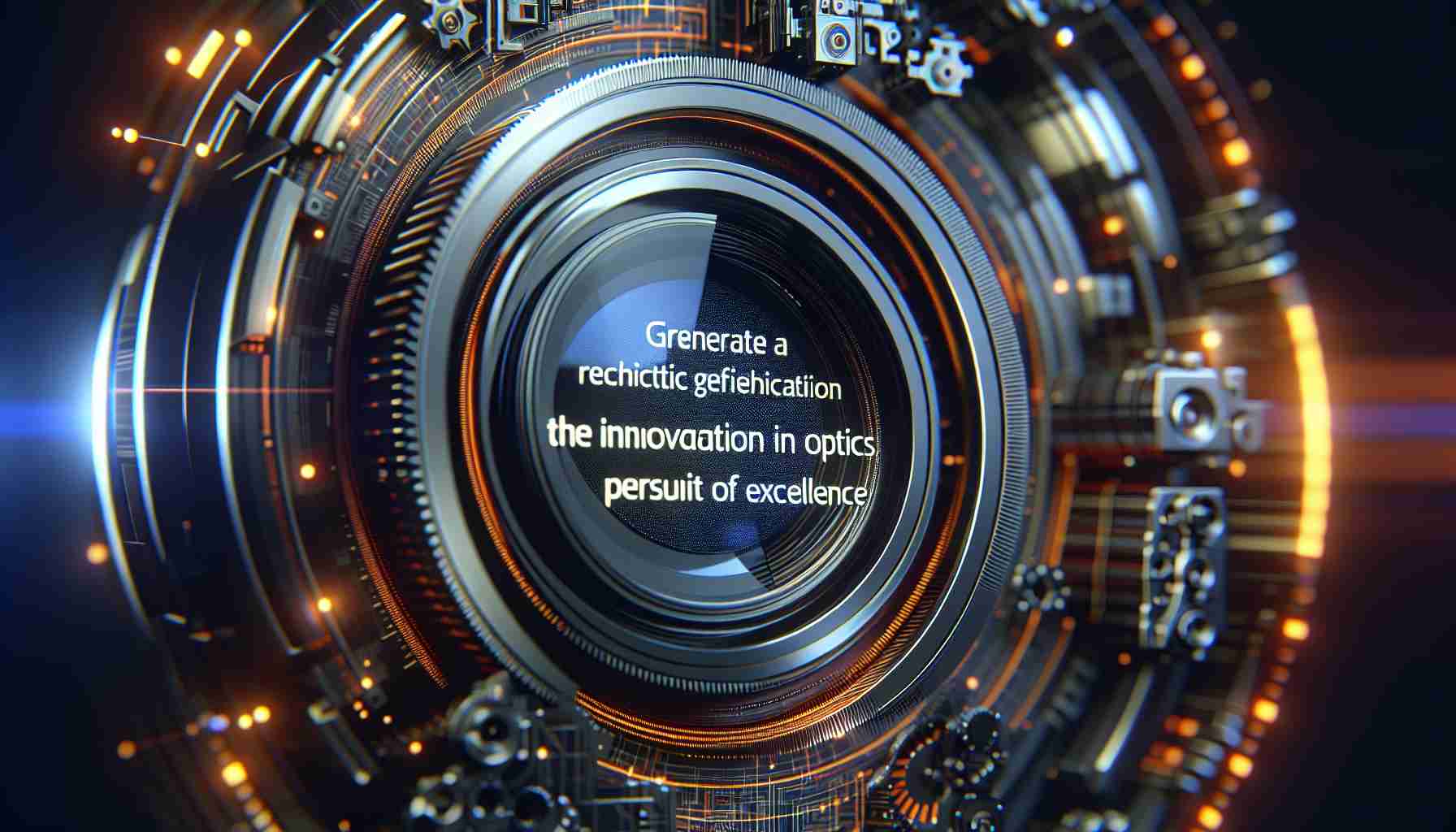Xiaomi and Leica have partnered to create a groundbreaking optical institute in China. This collaboration aims to push the boundaries of mobile photography by designing compact yet ultra-precision optical lenses. The goal is to achieve exceptional performance in computational photography and uphold the highest optical standards for lenses.
Led by key contributors from both Xiaomi and Leica, this institute will be a hub for research and development in cutting-edge optoelectronic technology. Peter Karbe, renowned for his work on Leica’s premium lenses, including the Noctilux and APO, will lend his expertise as an optical expert. Zeng Xuezong, Senior Vice President of Xiaomi Group and President of Xiaomi Mobile Phone Department, will take on the role of Director, driving the institute’s vision forward.
While the institute is yet to be established, plans are already underway for three major laboratories in Beijing. These labs will focus on Camera Hardware, Imaging, and Objective and Subjective Image Quality Evaluation. With these facilities, Xiaomi aims to further enhance its mobile photography capabilities.
Xiaomi has been making significant strides in mobile photography, already offering smartphones with a 1-inch camera sensor. The partnership with Leica has undoubtedly been instrumental in advancing camera hardware and software in Xiaomi phones. Users can anticipate even more powerful imaging capabilities with the upcoming Xiaomi 14 Ultra, which is expected to feature superior hardware and imaging technology.
This collaboration between Xiaomi and Leica signifies their shared commitment to innovation and pushing the boundaries of what is possible in mobile photography. As technology continues to evolve, we can expect further breakthroughs in optics and computational photography that will revolutionize our smartphone photography experience.
FAQ Section:
1. What is the purpose of the Xiaomi and Leica partnership?
– The partnership aims to create a groundbreaking optical institute in China to push the boundaries of mobile photography and design compact yet ultra-precision optical lenses.
2. What will the institute focus on?
– The institute will focus on research and development in cutting-edge optoelectronic technology, with specific laboratories dedicated to Camera Hardware, Imaging, and Objective and Subjective Image Quality Evaluation.
3. Who are the key contributors in this collaboration?
– Peter Karbe, known for his work on Leica’s premium lenses, and Zeng Xuezong, Senior Vice President of Xiaomi Group, will be leading the institute as an optical expert and Director, respectively.
4. What are Xiaomi’s current achievements in mobile photography?
– Xiaomi has already made significant strides in mobile photography, offering smartphones with a 1-inch camera sensor. This partnership with Leica has helped advance camera hardware and software in Xiaomi phones.
5. What can users expect from upcoming Xiaomi smartphones?
– Users can anticipate even more powerful imaging capabilities with the upcoming Xiaomi 14 Ultra, which is expected to feature superior hardware and imaging technology.
Definitions:
– Optoelectronic technology: Technology that combines optics and electronics to create devices for generating, detecting, and controlling light.
– Computational photography: The use of digital image processing techniques to enhance or manipulate photographs.
– Optical standards: Specifications and criteria that ensure high-quality performance in optical systems.
– Camera sensor: The electronic component in a camera that captures images by converting light into digital signals.
Related links:
– xiaomi.com
– leica-camera.com
The source of the article is from the blog regiozottegem.be
